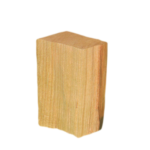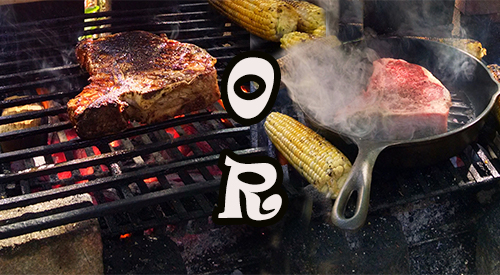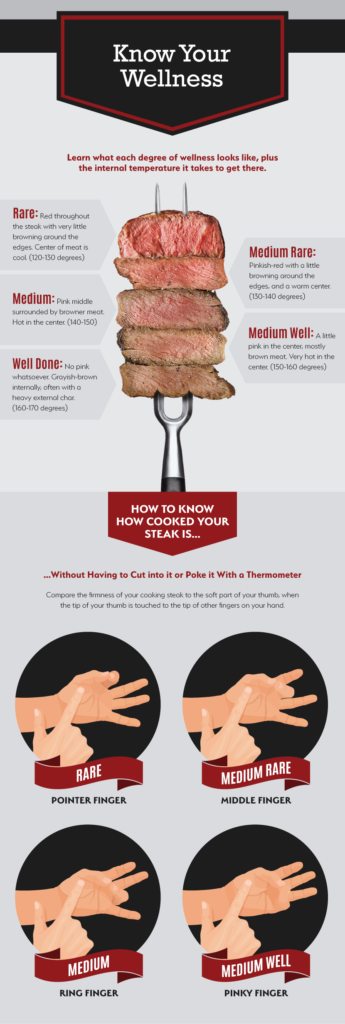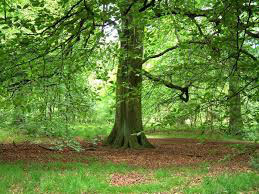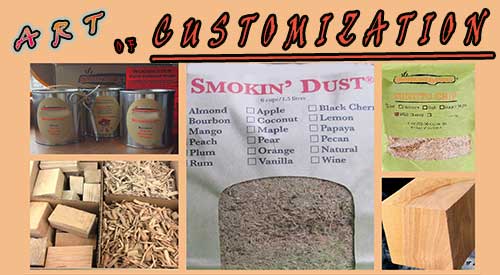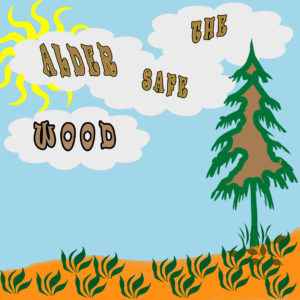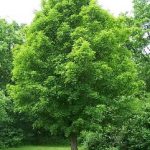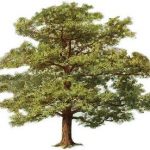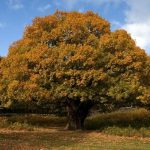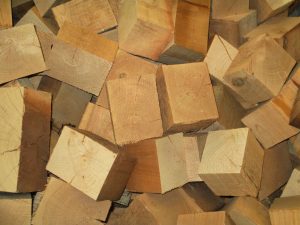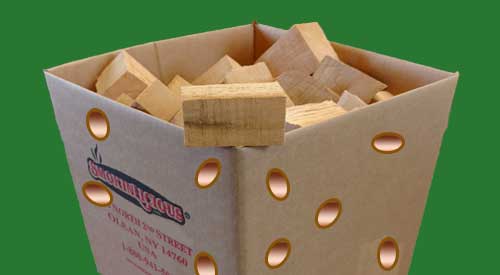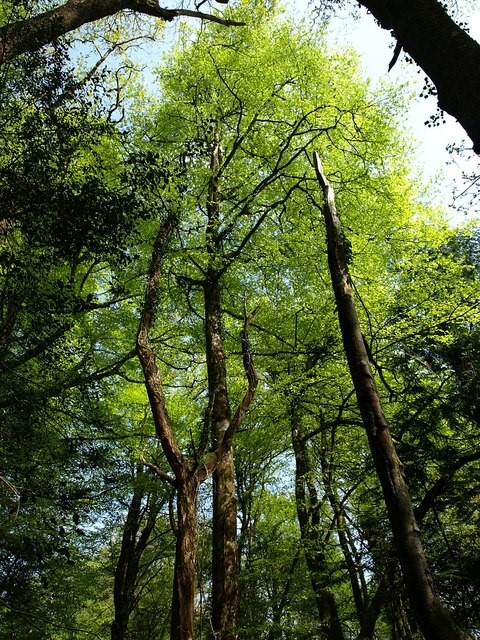Thu 1 Feb 2018
BRATWURST IN THE ORION SMOKER COOKER- Welcome to Our Brat Party!
Posted by DrSmokeRead other related stories: General Smoking Information , Smoking with chips
No Comments
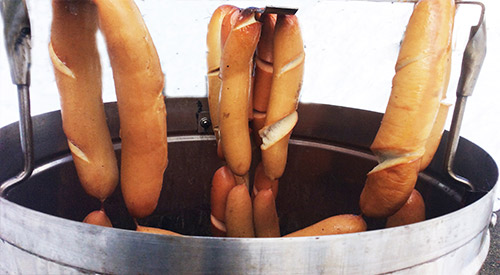
Bratwurst in the Orion Smoker Cooker nicely cooked plump and juicy!
WELCOME TO OUR BRAT PARTY-BRATWURST IN THE ORION
SMOKER/COOKER

I believe that wood fired foods can be enjoyed 365 days of the year regardless of the temperature/conditions outside. To ease the challenges of wood cooking outdoors when the conditions may not be optimal, I look to my equipment options and make a selection that ensures the cooking is quick and as easy as possible.
I want to have bratwurst party! Unfortunately, I’ve chosen a -2° day to do just that. No problem! I simply rely on my Orion Cooker to provide a fast, high heat method of cooking with my SmokinLicious® Minuto® Wood Chips.
Bratwurst in the Orion Smoker Cooker- There’s Nothing To It!
Preparing your bratwurst for the Orion Cooker couldn’t get any simpler than making a few cross cuts in the skins to ensure they don’t burst while cooking.
The reason bratwurst is so popular for entertaining and for summer days is just how quick it is to prepare. When you smoke a casing containing product, you want to ensure that the juices don’t cause a pressure build up and result in your brats exploding all over the smoker. I make 3 shallow knife cuts in each brat to ensure they can plump up without exploding out of their casing. These German brats are made with a combination of pork and veal and have an all-natural casing meaning the casing is made from the intestine of an animal. I specifically purchased brats that were on an uninterrupted casing line so I could hang my brats on the Orion Cooker rib hooks to ensure smoke vapor envelopes each link completely, just like commercial smokehouses do.
Before smoking my German bratwurst, I’ve prepared the Orion Cooker by adding SmokinLicious® Minuto® Wood Chips in Wild Cherry to inside of the cooker. The wood chips are placed in the space between the cooker’s wall and the drip pan. I’ve lite a chimney starter full of briquettes which when grayed over will be poured into the fuel pan. 12 briquettes are also lit in the smaller fuel pan at that top of the unit. I’ve loaded my strings of bratwurst to the rib hooks of the unit. Next, place the lid on and let these cook and smoke for 45 minutes untouched.
Done Before You Know It-BRATWURST IN THE ORION SMOKER COOKER
Here’s why I love cooking with the Orion Cooker. On a -2° winter day, I can still use the convection heat from the Orion Cooker to finish the German bratwurst in just 45 minutes. In fact, I don’t use a full fuel tray of briquettes for this smoke. Just one chimney starter full of coals plus about 15 unlit briquettes placed on top of the lit coals. Great smoke flavor is added using Minuto® Wood Chips in wild cherry from SmokinLicious®. I’ve hung over 24 brat links on the three rib hooks of this unit so I can feed plenty of hungry people.
Fix It Your Way
Now comes the best part! Fixing your bratwurst the way you love it. Put out a variety of toppings to stimulate creativity at the brat table. I’ve included raw chopped onion, sweet pickle relish, sauerkraut, hot Hungarian pepper rings, BBQ sauce, beer brat mustard, kimchi, horseradish sauce, just to name a few choices. Whether you slice your brat down the middle or leave it whole, anything goes. German bratwurst done over SmokinLicious® wild cherry wood chips and hung on the hooks of the Orion Cooker, for that old school, smokehouse flavor. Bratwurst in the Orion Smoker Cooker!
Purchase products:
Wood Chips- Minuto®

More Related reading on “What Wood for Smoking” and other great smoking and grilling tips and techniques
Additional reading:
-GIVING AN EDGE TO SMOKY COCKTAIL SAUCE
-SMOKED BEEF SHORT RIBS

Dr Smoke “If you’re looking for something different to cook on your Orion, brats are perfect and yummy!”

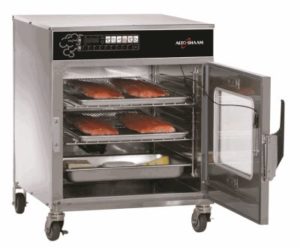
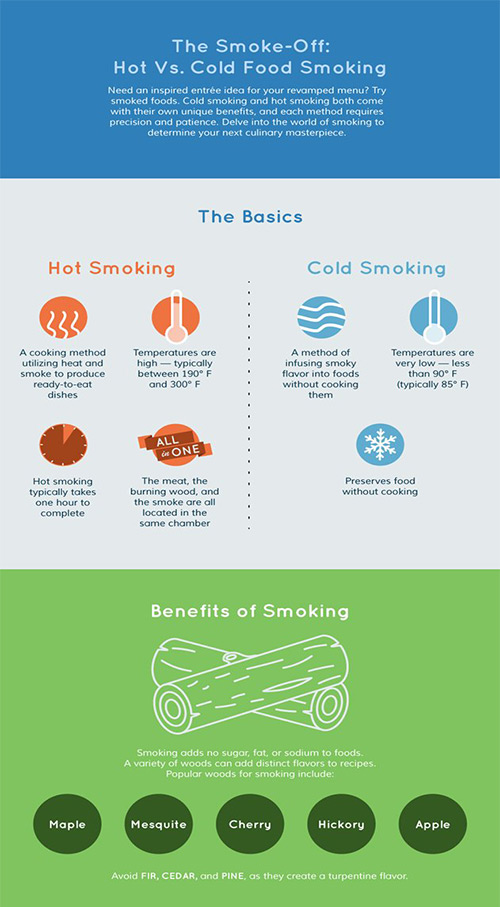
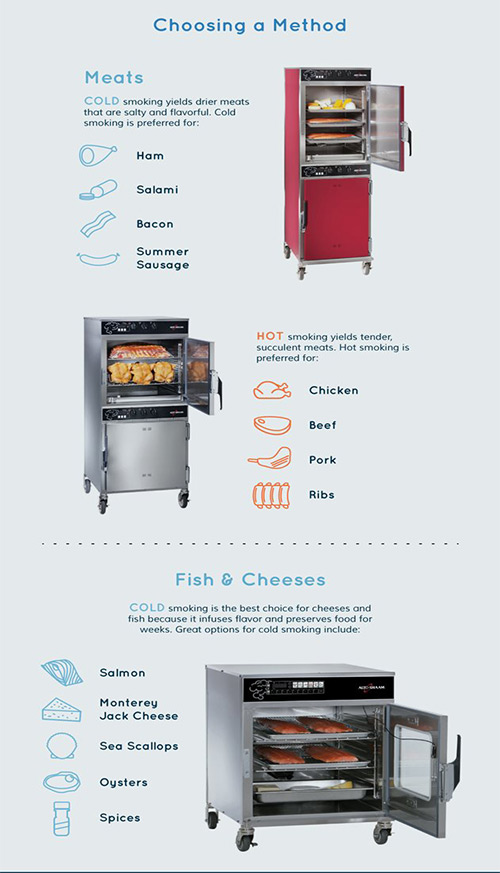
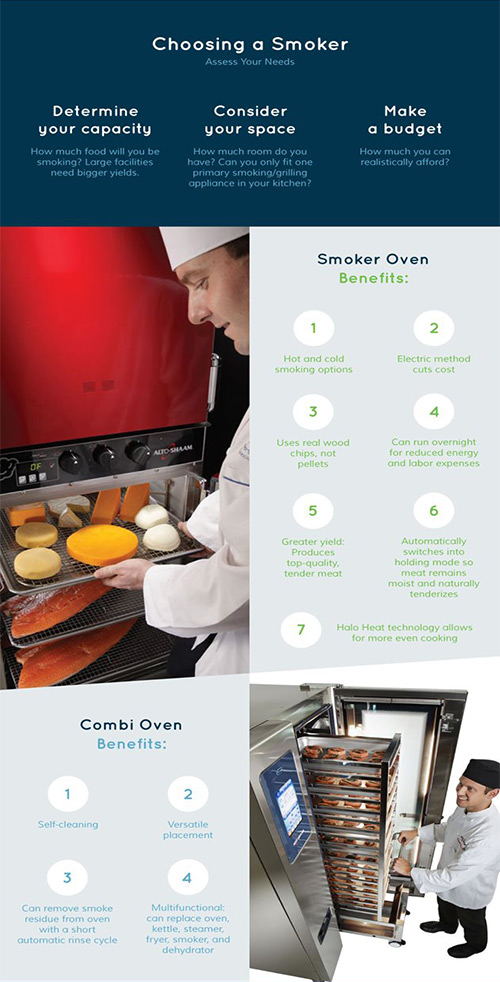
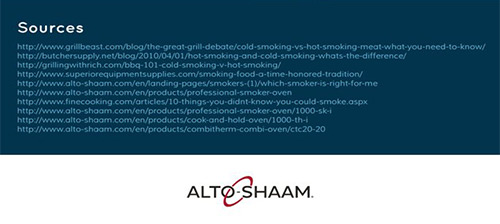
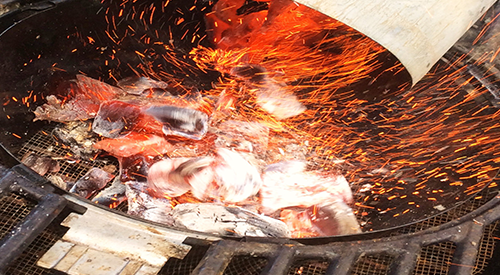

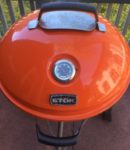 The Kettle Grill
The Kettle Grill